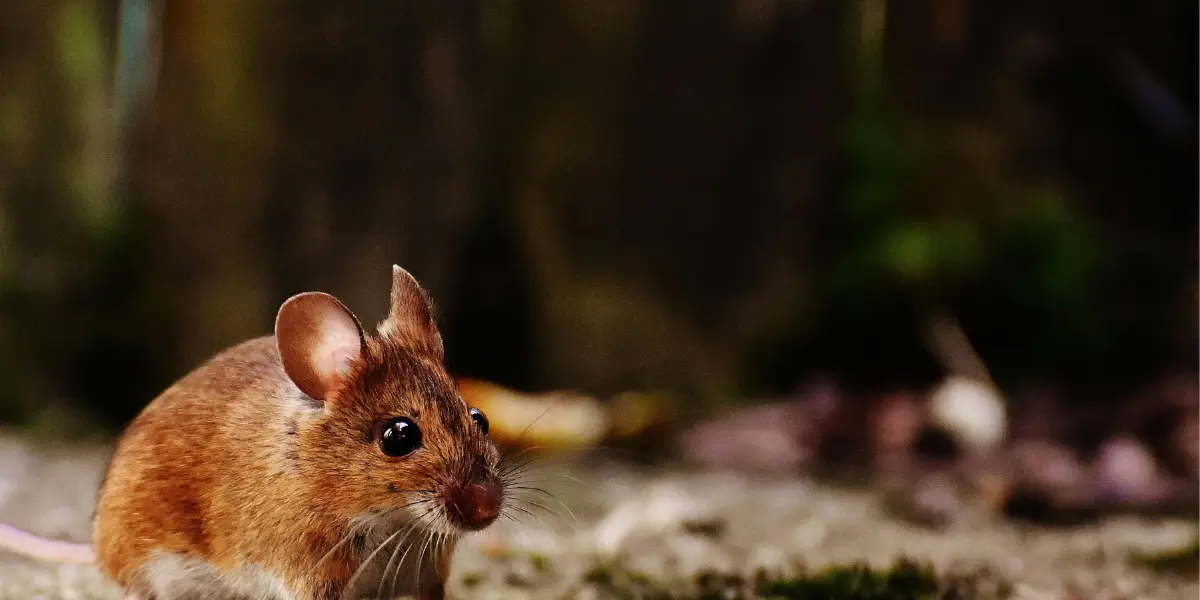Mice are miniature, enterprising, and exceedingly stubborn animals. When they get a good area where they can get food, water, and shelter easily, they soon become established and reproduce. The first step in preventing mouse infestations is to understand what attracts mice. You can prevent the damage and health risks caused by these rodents by determining the conditions that attract them into your home, and thus making it less attractive to them.
Food Sources That Attract Mice
Mice, being most rodents, are opportunistic feeders. They are attracted to foods that are near at hand and highly nutritious. They like grains, including oats, rice, and cereals. Unopened, they will supply an inexhaustible stream of energy, and even a single crumb can hold a colony of mice content.
Another big temptation is the high-fat and sugary foods. Butter, bacon grease, chocolate, dry fruits, and sweets that are left on counters or in open containers are magnets to mice. Pet food and bird food are also very attractive, particularly when packed in paper bags or thin plastic containers that mice can comfortably chew their way through.
The menu is finished with garbage bins, compost piles, and garbage scraps. Mice possess a good sense of smell, and thus poorly contained garbage is an open invitation to them to come and stay. If you’re struggling with these pests, professional mice control Coquitlam services can help protect your home.
Nesting Materials Mice Look For
Mice will not come just because of food. They also require safe nesting materials to make warm, cozy shelters. The ideal ones are paper, cloth, insulation, and cardboard. Old linen, basement boxes, and untidy storage spaces provide mice with seclusion and nest-building materials. These rodents also use dryer lint and tissues as bedding.
It is because the crowded areas are particularly susceptible. The larger the number of materials present, the higher the probability of mice getting what they require to reproduce comfortably.
Shelter and Warmth
Another major factor in what attracts mice is shelter. Homes are also good at providing warmth and protection against predators when temperatures are low. The best places to hide are attics, basements, crawl spaces, and wall voids. Mice are strong climbers and can squeeze through cracks as small as a dime, so it is not difficult to them to take advantage of unsealed openings.
Shrubs, ivy, and tree branches growing around your house may act as bridges, and the mice may get onto your roof or vents. Being inside, insulation is a good hiding place, providing not only warmth but also safety. For effective solutions, you can rely on mice control Burnaby services to keep your property protected.
Water Availability
Mice also prefer easy water sources, although they obtain a good deal of their water intake through food. Even leaky pipes, pet water bowls that are not emptied at night, clogged gutters, or condensation around appliances are sufficient to support them. The tiniest amounts of standing water can make them move in.
Clutter and Poor Sanitation
Cluttered areas with rubbish or discarded furniture make the ideal habitat for mice. They are not only sources of hiding places, but also sources of food and nesting. Unclean or uncapped garbage, crumbs, or spills are the other main contributors to high chances of infestation.
Entry Points and Accessibility
One of the most overlooked aspects of what attracts mice is accessibility. A house may have food, water, and shelter, but mice can only take advantage if they can get inside. Cracks in the foundation, gaps around doors and windows, open vents, or poorly sealed utility lines act as pathways. Once a few mice get through, their rapid reproduction rate can quickly turn a small issue into a large infestation.
Why It Matters to Understand What Attracts Mice
Knowing what draws mice indoors allows homeowners to take proactive steps to prevent infestations. Mice are more than a nuisance; they contaminate food, damage property, and can carry diseases. By addressing the factors that attract them, whether it’s food left out, clutter, or structural gaps, you can make your home far less appealing to these unwanted guests.
FAQs About What Attracts Mice
1. Do mice only come inside during winter?
Mice are more likely to enter homes in colder months seeking warmth, but they can invade at any time of year if food and shelter are readily available.
2. Can mice survive on just crumbs?
Yes, mice need very little food to survive. Even a few crumbs each day are enough to sustain them, which is why cleanliness is so important.
3. What smells attract mice the most?
The scent of grains, sweets, and fatty foods strongly attracts mice. They can detect these odors from a surprising distance.
4. Are clean homes safe from mice?
While good sanitation reduces the chances of an infestation, clean homes are not immune. If there are accessible entry points and nesting materials, mice may still find a way in.
5. How small an opening can a mouse fit through?
Mice can squeeze through openings as small as ¼ inch, about the size of a dime. This makes sealing cracks and gaps a critical prevention measure.
Final Thoughts
Mice are drawn to the same essentials that humans need: food, water, and shelter. By recognizing what attracts mice from cereal boxes to cluttered storage spaces, you can take steps to block their access and reduce their interest in your home. Prevention is always easier with the help of ASM Pest Exterminator than dealing with a full-blown infestation, and small changes in storage, sanitation, and home maintenance go a long way in keeping these persistent rodents away.




